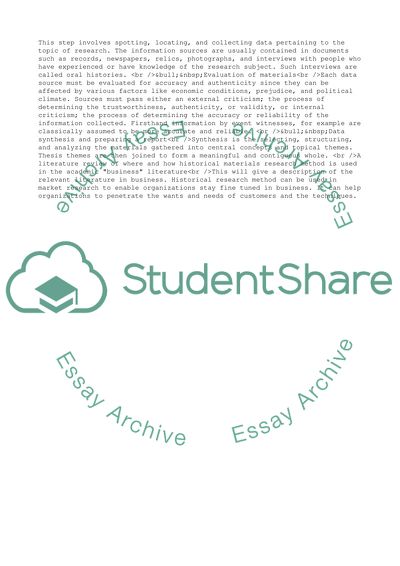Cite this document
(“Historical Research Method Paper Example | Topics and Well Written Essays - 1500 words - 1”, n.d.)
Retrieved from https://studentshare.org/business/1607288-historical-research-method
Retrieved from https://studentshare.org/business/1607288-historical-research-method
(Historical Research Method Paper Example | Topics and Well Written Essays - 1500 Words - 1)
https://studentshare.org/business/1607288-historical-research-method.
https://studentshare.org/business/1607288-historical-research-method.
“Historical Research Method Paper Example | Topics and Well Written Essays - 1500 Words - 1”, n.d. https://studentshare.org/business/1607288-historical-research-method.


